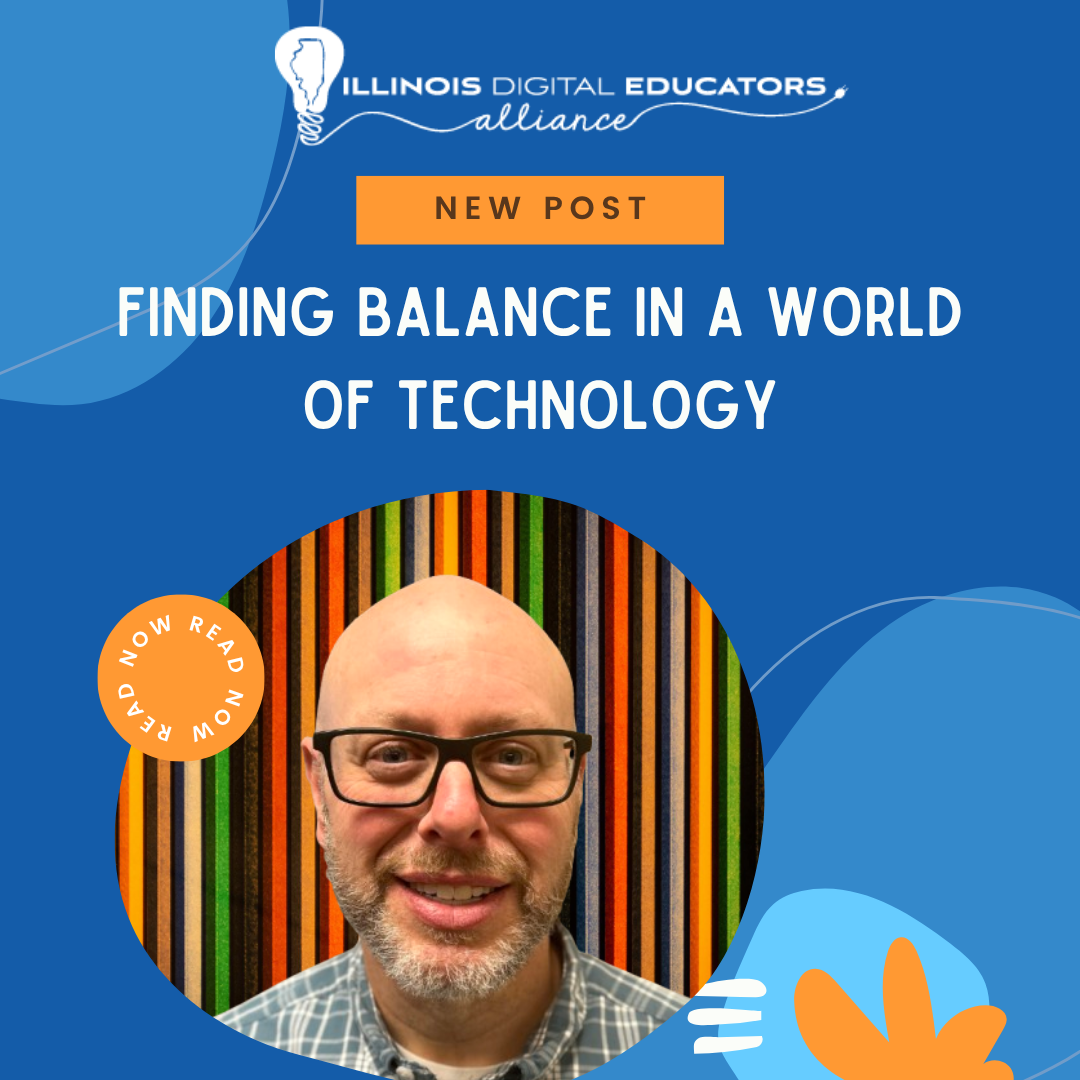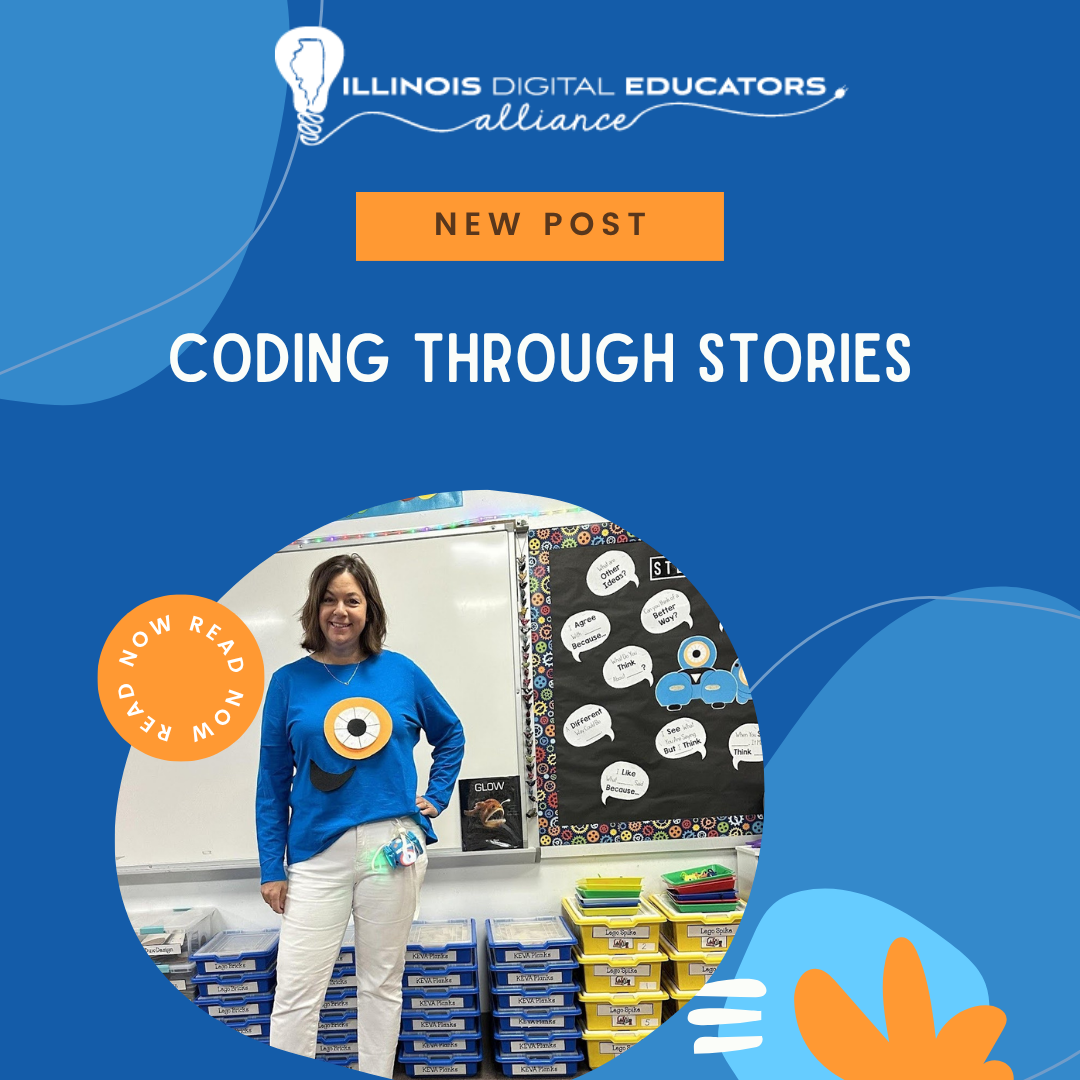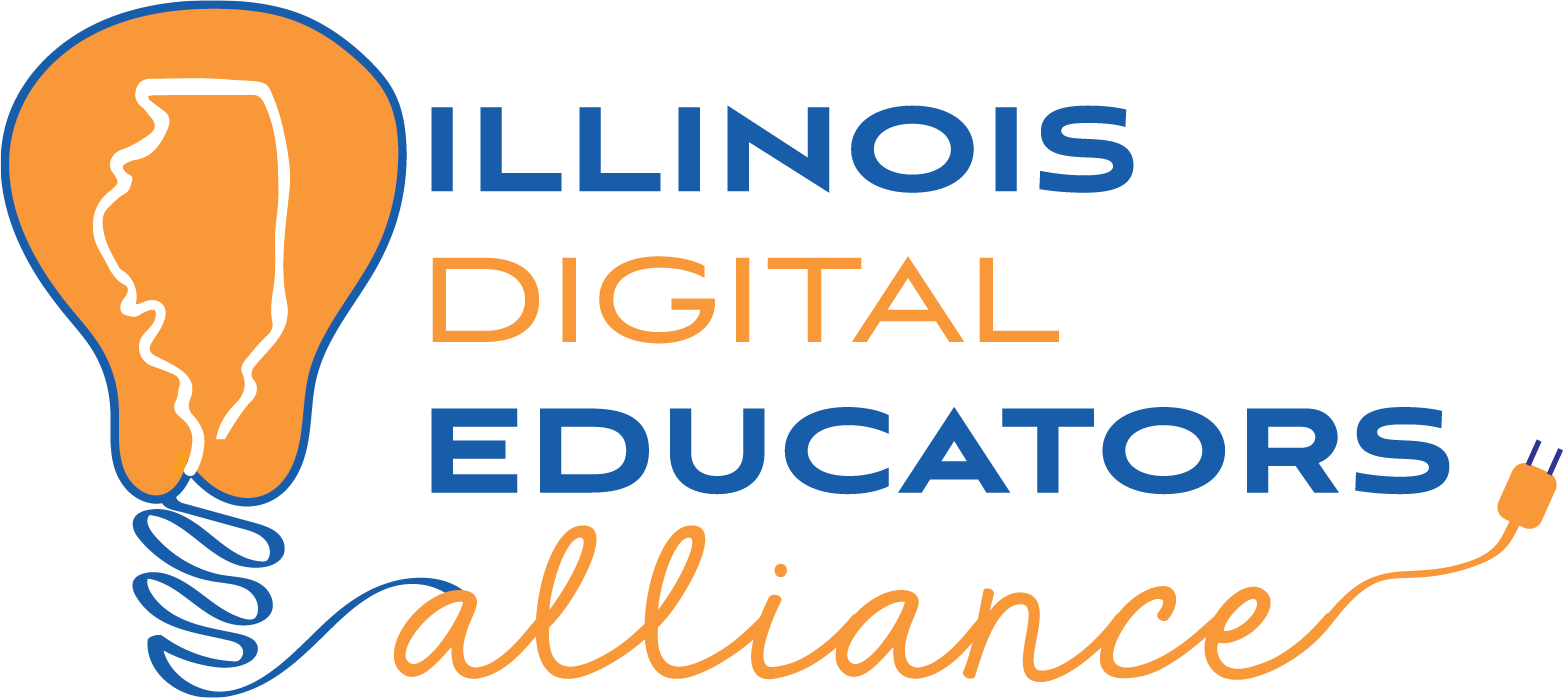Students for Innovation: Advocacy Day….or Tech20xx
Students for Innovation: Advocacy Day is an Illinois Digital Educators Alliance event that has been around for 30+ years. If you’ve never participated or attended, you may not know what it is or why it is so important and impactful. This post offers a former superintendent’s perspective on how Advocacy Day is amplifying student voices in a big way and why you should be involved. Author John Closen was a superintendent at the time he attended his first Advocacy Day, and he has been a staunch advocate for the day ever since! This year, Advocacy Day will be held on Thursday, May 9. Find out more and apply to attend here.
Approximately 35 years ago I remember receiving some type of notice about an event called Tech 22xx being held in Illinois. Being some sort of tech geek, this caught my interest. I decided to look into it. It was a concept that I thought was amazing. I decided that I was going to get my students involved. Since I was a school superintendent at the time, it was easy to “persuade” my principals to participate.
In the late nineties our idea of technology was pretty basic, but many of our students were excited about anything new that involved technology. I don’t even remember what type of project we presented. It didn’t matter. What mattered then, and still matters today, is the look on the students’ faces as they stood next to their projects and answered questions the many politicians, fellow presenters, and news media directed at them. Every time I attend this event, the building is filled with excitement and enthusiasm. I see students beaming, teachers that are proud of their students, and adults who are filled with curiosity about the projects and what role the students played in creating the projects.
Over the years I have been asked why schools should be involved in this event. Aside from the impact it has on students, there are many other reasons. By participating in this event, local politicians get a chance to visit with the students and teachers to find out what is going on in the school community. School leaders from around the state are given the opportunity to see what other schools are doing with technology and this can generate more enthusiasm for more projects. ISBE leaders can come and see what the schools are doing with funds given to them. News media, both locally and in Springfield, can help create additional publicity that informs the local school’s community what they are accomplishing in their schools. It is positive PR for everyone!
Finally, it has a positive impact on the many, many people who help make this event possible. I know, because I am a past Chair of the Tech 20xx Committee, a past President of IDEA, and a current cheerleader for this event. Thank you to IDEA and to the Students for Innovation: Advocacy Day/Tech 20xx Committees for all of your efforts over the years.

John Closen is a retired school superintendent, a retired university professor, and a former Director of the Area III Learning Technology Center. He has also served on the board of Directors for the Illinois Digital Educators Association (IDEA) and the Illinois Association of School Administrators (IASA). He continues to work in the area of education by facilitating digital skills classes for the Goodwill Industries of Central Illinois.
This blog was originally posted in March 2022




